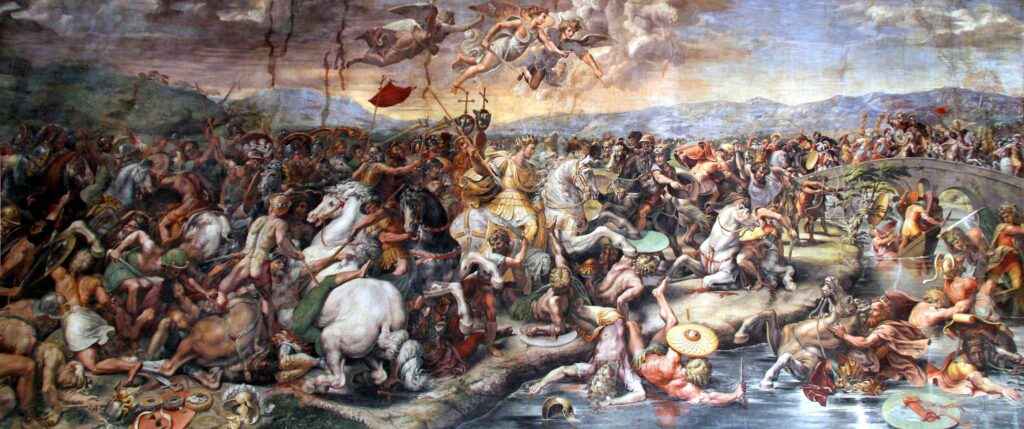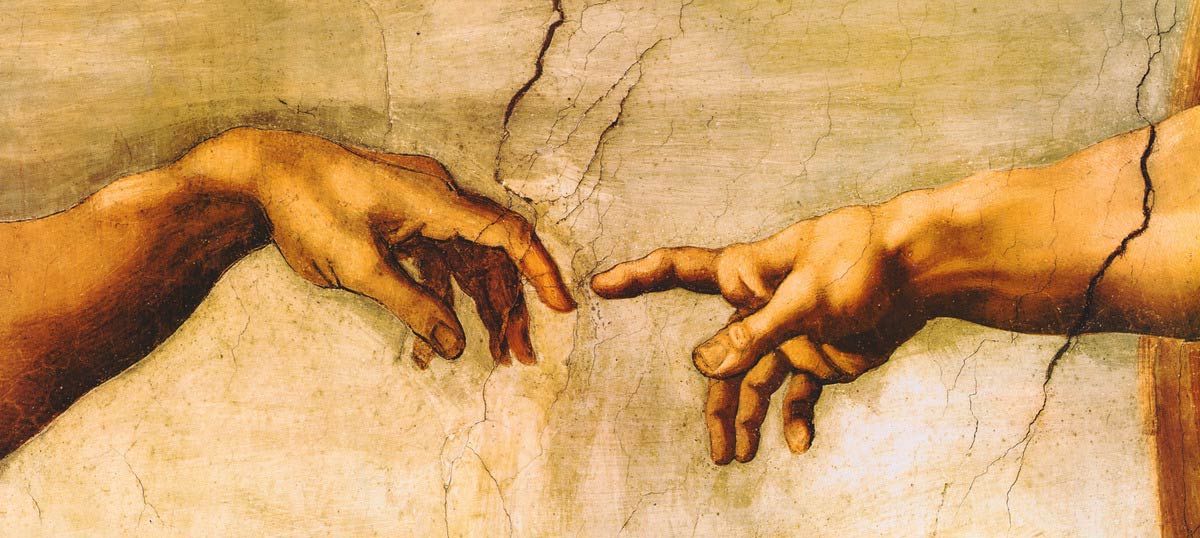Renaissance art stands as a testament to human creativity, innovation, and a profound shift in cultural and artistic expression. In the span of just a few centuries, Europe experienced a reawakening, known as the Renaissance, which gave birth to some of the most iconic and enduring works of art in history.

Defining the Renaissance Period
The Renaissance, which began in Italy in the 14th century and later spread throughout Europe, marked a period of rebirth and enlightenment. It was characterized by a renewed interest in classical antiquity, a focus on humanism, and advancements in various fields such as science, literature, and, of course, art.
Key Artists of the Renaissance
Among the countless luminaries of the Renaissance, three figures stand out as titans of the era: Leonardo da Vinci, Michelangelo, and Raphael. Their contributions to art not only defined the period but continue to inspire awe and admiration to this day.
Leonardo da Vinci
Leonardo da Vinci, often regarded as the quintessential Renaissance man, was a polymath whose talents extended far beyond the realm of art. His iconic works, such as the “Mona Lisa” and “The Last Supper,” exemplify the Renaissance ideals of beauty, proportion, and human emotion.
Michelangelo
Michelangelo, renowned for his mastery of sculpture, painting, and architecture, left an indelible mark on the art world with masterpieces like the ceiling of the Sistine Chapel and the statue of David. His ability to infuse his creations with raw emotion and dynamic energy set him apart as one of the greatest artists of all time.
Raphael
Raphael, known for his serene and harmonious compositions, brought a sense of grace and elegance to Renaissance art. His works, including the “School of Athens” and “The Sistine Madonna,” epitomize the ideals of balance, symmetry, and classical beauty.
Themes and Subjects in Renaissance Art
Renaissance artists drew inspiration from a wide range of themes and subjects, reflecting the diverse interests and intellectual pursuits of the era.
Religious Themes
Religion played a central role in Renaissance art, with many artists depicting scenes from the Bible and religious mythology. These works served not only as expressions of faith but also as vehicles for exploring complex theological concepts.
Humanism and the Portrayal of the Individual
One of the hallmarks of Renaissance art was its focus on the individual and the human experience. Artists began to depict real people with greater depth and realism, capturing their emotions, personalities, and inner thoughts with unprecedented accuracy.
Mythological and Historical Subjects
In addition to religious themes, Renaissance artists also drew inspiration from classical mythology and history. Mythological figures such as Venus, Apollo, and Hercules became popular subjects, symbolizing various virtues and ideals.
Techniques and Innovations in Renaissance Art
The Renaissance witnessed a plethora of artistic innovations and advancements that revolutionized the way art was created and perceived.
Perspective
One of the most significant developments in Renaissance art was the discovery and refinement of linear perspective. Artists learned to create the illusion of depth and space on a two-dimensional surface, allowing for more realistic and immersive compositions.
Chiaroscuro
Chiaroscuro, or the use of light and shadow, became a defining characteristic of Renaissance art. By manipulating contrast and intensity, artists were able to create dramatic effects and enhance the three-dimensionality of their works.
Sfumato
Sfumato, a technique pioneered by Leonardo da Vinci, involved the gradual blending of colors and tones to create soft, subtle transitions. This technique lent a sense of atmosphere and mystery to paintings, imbuing them with a sense of ethereal beauty.
Impact of Renaissance Art on Society
The impact of Renaissance art on society cannot be overstated. It not only reflected the cultural and intellectual currents of the time but also played a pivotal role in shaping them.
Patronage and Sponsorship
Many of the greatest works of Renaissance art were commissioned by wealthy patrons, including rulers, merchants, and ecclesiastical figures. Their support not only provided artists with the means to create but also helped to elevate the status of art and artists in society.
Influence on Subsequent Art Movements
The influence of Renaissance art extended far beyond the borders of Europe, inspiring countless artists and movements in the centuries that followed. From the Baroque period to the present day, echoes of the Renaissance can be found in art styles and movements around the world.
Role in Shaping Cultural Identity
Renaissance art played a vital role in shaping the cultural identity of Europe and the Western world. It served as a visual expression of the values, beliefs, and aspirations of the Renaissance, leaving an indelible mark on the collective consciousness of humanity.
Enduring Legacy of Renaissance Art
Despite the passage of centuries, the legacy of Renaissance art continues to endure, captivating audiences and scholars alike with its beauty, complexity, and depth.
Continued Appreciation and Study
Renaissance art remains a subject of fascination and study for art historians, scholars, and enthusiasts worldwide. Its timeless appeal and enduring relevance ensure that it will continue to be celebrated and analyzed for generations to come.
Importance in Art Education
The study of Renaissance art is an essential component of art education, providing students with insights into artistic techniques, historical contexts, and cultural developments. By studying the works of Renaissance masters, aspiring artists can gain a deeper understanding of the craft and its evolution over time.
Influence on Contemporary Artists
Even in the modern era, the influence of Renaissance art can be seen in the work of contemporary artists. Whether through direct homage or subtle references, the legacy of the Renaissance continues to inform and inspire artistic innovation and expression.
Conclusion
In conclusion, Renaissance art stands as a pinnacle of human achievement and creativity, embodying the spirit of a bygone era while continuing to resonate with audiences today. From the sublime beauty of Leonardo’s “Mona Lisa” to the awe-inspiring majesty of Michelangelo’s Sistine Chapel ceiling, the art of the Renaissance continues to captivate and inspire, reminding us of the boundless potential of the human imagination.
FAQs
- What defines Renaissance art? Renaissance art is characterized by a renewed interest in classical antiquity, a focus on humanism, and advancements in various artistic techniques such as perspective and chiaroscuro.
- Who were the key artists of the Renaissance? The key artists of the Renaissance include Leonardo da Vinci, Michelangelo, and Raphael, among others.
- What themes are commonly found in Renaissance art? Common themes in Renaissance art include religious subjects, humanism, mythology, and historical events.
- How did Renaissance art impact society? Renaissance art played a significant role in shaping cultural identity, inspiring subsequent art movements, and influencing the patronage and sponsorship of the arts.
- Why is the study of Renaissance art important? The study of Renaissance art provides insights into artistic techniques, historical contexts, and cultural developments, enriching our understanding of art history and human creativity
